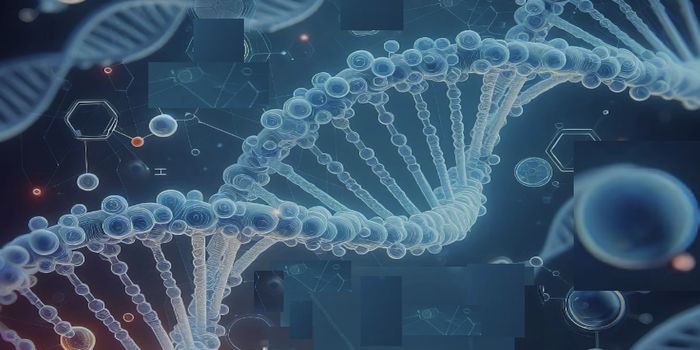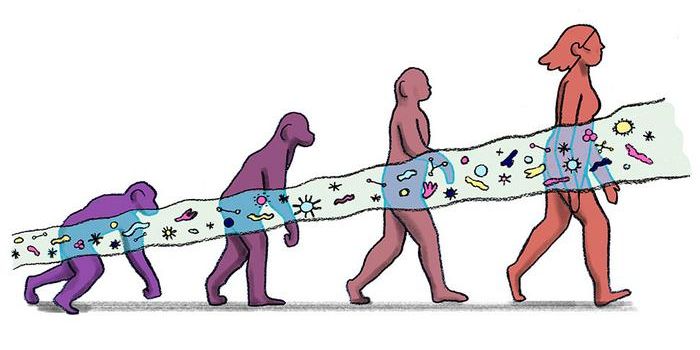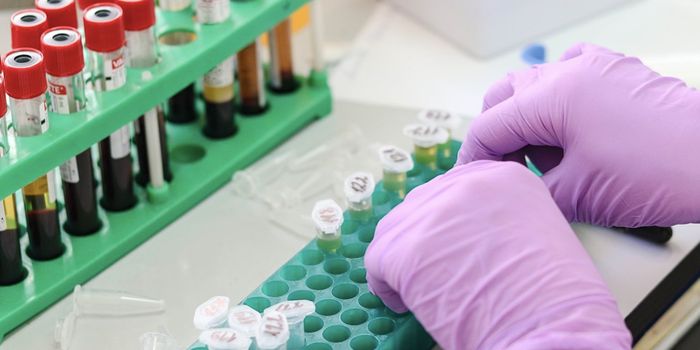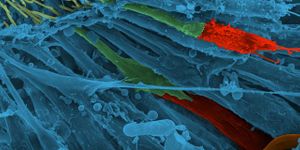Our senses keep us informed about our environment. Each of the five senses, sight, hearing, taste, smell and touch, provide the brain with necessary input. Different senses are processed in different parts of the brain and all these stimuli and brain responses have to work together so we can move about our world. Each of the senses covers a broad range however. High and low sounds, sweet and sour tastes etc. must be parsed individually by the brain. When we touch a substance or an object it can be hard or soft, sticky or smooth, wet or dry and this is vital information.
Picking out food, deciding if a piece of clothing has a texture we like or checking the temperature of a surface are all important distinctions. For the first time, scientists in the UK have discovered which part of the brain processes the feeling of stiffness. A team at University College in London published their findings in the Journal Neuroscience and their results could help patients who have sensory impairments.
The nerves in our hands and fingers do not have specific sensors that can pick up on the stiffness factor. The team at UCL looked at how motion and sensory inputs are processed in the brain to see if this connection could reveal something about how we sense the firmness of an object. Of particular interest was the part of the brain known as the posterior parietal cortex (PPC). This part of the brain is involved in spatial reasoning, attention and planning movements and they wanted to investigate if it was also involved in the perception of stiffness.
Stiffness is felt as a combination of position and force. Lead researcher Dr. Marco Davare (UCL Institute of Neurology) said, "There is already evidence that a position controller exists in this brain area, however it is still unknown whether this area also combines force and position information – a prerequisite for us to sense stiffness. For some actions, we clearly rely on one of these signals more than the other. For example we rely on position feedback when reaching for a pen, but on force feedback when putting pressure on the nib to write." These signals go back and forth from the hands to the brain along with signals for motor commands.
How could they be sure though, that is was this pathway and combination of signals? The team turned to the technology of virtual reality to find out. With the assistance of colleagues from Ben-Gurion University of the Negev in Israel, they constructed a virtual reality environment where test participants were asked to touch different virtual force fields, of varying degrees of firmness, using a stylus. They then would report to the researchers which ones felt stiffer or softer.
Using transcranial magnetic stimulation of the PPC and another area of the brain, the dorsal premotor cortex (which is not involved in sensation, but is involved in motor control) the team found that participants made errors in sensing stiffness when the PPC was pinged, but not when the dorsal premotor area was stimulated.
In the paper, Dr. Davare summarized the findings by writing, “The hand is a frontier between the brain and our surrounding environment: how I move my hand has a consequence on what my hand can feel. Our findings could have considerable impact on the development of virtual reality systems and could help to inform treatments to improve quality of life for patients with sensory impairments.”
The video below, produced by the Biotechnology and Biological Sciences Research Council includes more information.
Sources :
BBSRC,
University College London,
Journal Neuroscience









